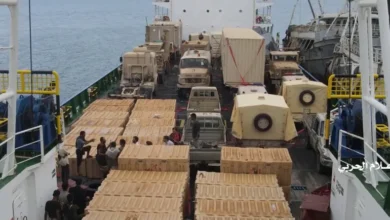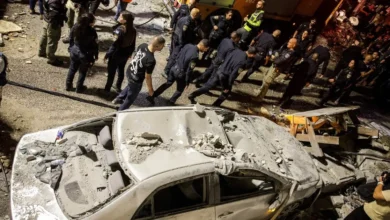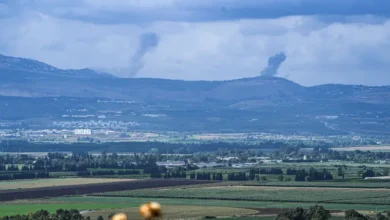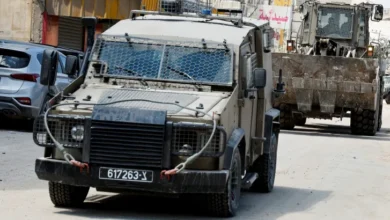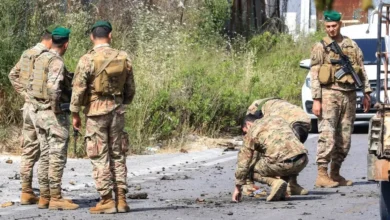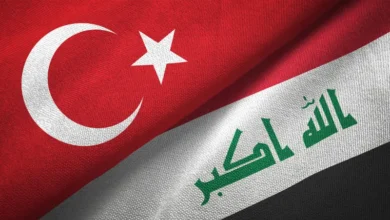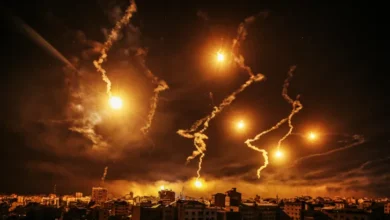Palestinian Bedouins say Israeli settlers terrorising them off their land

When Israel began bombing Gaza on October 7, 2023, Fayez Atil sensed his community in the occupied West Bank would soon come under attack too.
Atil is from the Palestinian village of Zanuta, a traditional herding community in the Jordan Valley.Settlers from illegal Israeli settlements had harassed and attacked his village for years. Still, the violence escalated sharply after Israel launched what many describe as a “genocidal” war on Gaza.
“It suddenly felt like a war,” he told Al Jazeera by phone.
“Every day and every night, the illegal settlers would try to steal our sheep or vandalise our village by destroying our property and cars,” the 45-year-old added.
Zanuta’s 250 inhabitants gradually left their village – and way of life – due to the constant settler attacks and harassment.
Atil packed his belongings and left with his family after Israeli settlers beat up a 77-year-old Palestinian shepherd at the end of October 2024.
“They beat the old man, his wife and children,” said Atil. “It was the first time we ever saw that level of aggression from settlers.”Easy targets
The villagers of Zanuta are one of 46 Palestinian Bedouin communities in the occupied West Bank expelled from their land by state-backed Israeli settlers since October 7, 2023, according to Al-Haq, a Palestinian nonprofit.
“What is happening [to Bedouin communities] is not simply an issue of violent and radical settlers. This is state violence,” explained Shai Parnes, spokesperson for Israeli human rights group B’Tselem.
At the start of Israel’s war on Gaza, Israel called up thousands of reservists who were serving in the West Bank to fight in Gaza, and replaced them with “extremist settlers”, Parnes said.
“Settlers … suddenly got weapons, ammunition and military uniforms [after October 7],” Parnes told Al Jazeera.
These settlers suddenly possessed the legal power to kill and arrest Palestinians.
All the expulsions occurred in Area C, which is sparsely populated and rich in agricultural resources.
Comprising 60 percent of the occupied West Bank, it is the largest of three zones created in the West Bank as part of the 1993 Oslo Accords between then-Palestinian and Israeli leaders.
The Oslo Accords aimed to ostensibly create a Palestinian state in the West Bank alongside Israel.
But over the last 32 years, the size of illegal Israeli settlements there steadily increased, with their population rising from about 200,000 to more than 750,000.This differs from Area A, which is technically under the full control of the Palestinian Authority, even though Israeli troops still raid it often, while Area B is under the joint control of the PA and the Israeli army.
‘A racist system’
Even Palestinian Bedouins who are citizens of Israel are being kicked off their land, human rights groups and activists say.
About 120,000 Palestinians live in so-called “unrecognised villages” across the Naqab Desert.
They are descendants of Palestinians who managed to stay on their land during the Nakba, when Zionist militias ethnically cleansed some 750,000 Palestinians to make way for the declaration of the State of Israel in 1948.
The Israeli government insists that Bedouin communities from “unrecognised” villages should simply relocate to cities, yet doing so would sever their connection with the land and threaten their way of life as herders.
Most Bedouin communities have held on to their right to stay on their land. Yet, Israel has long claimed that Bedouins are nomads who never really settle in one place.
